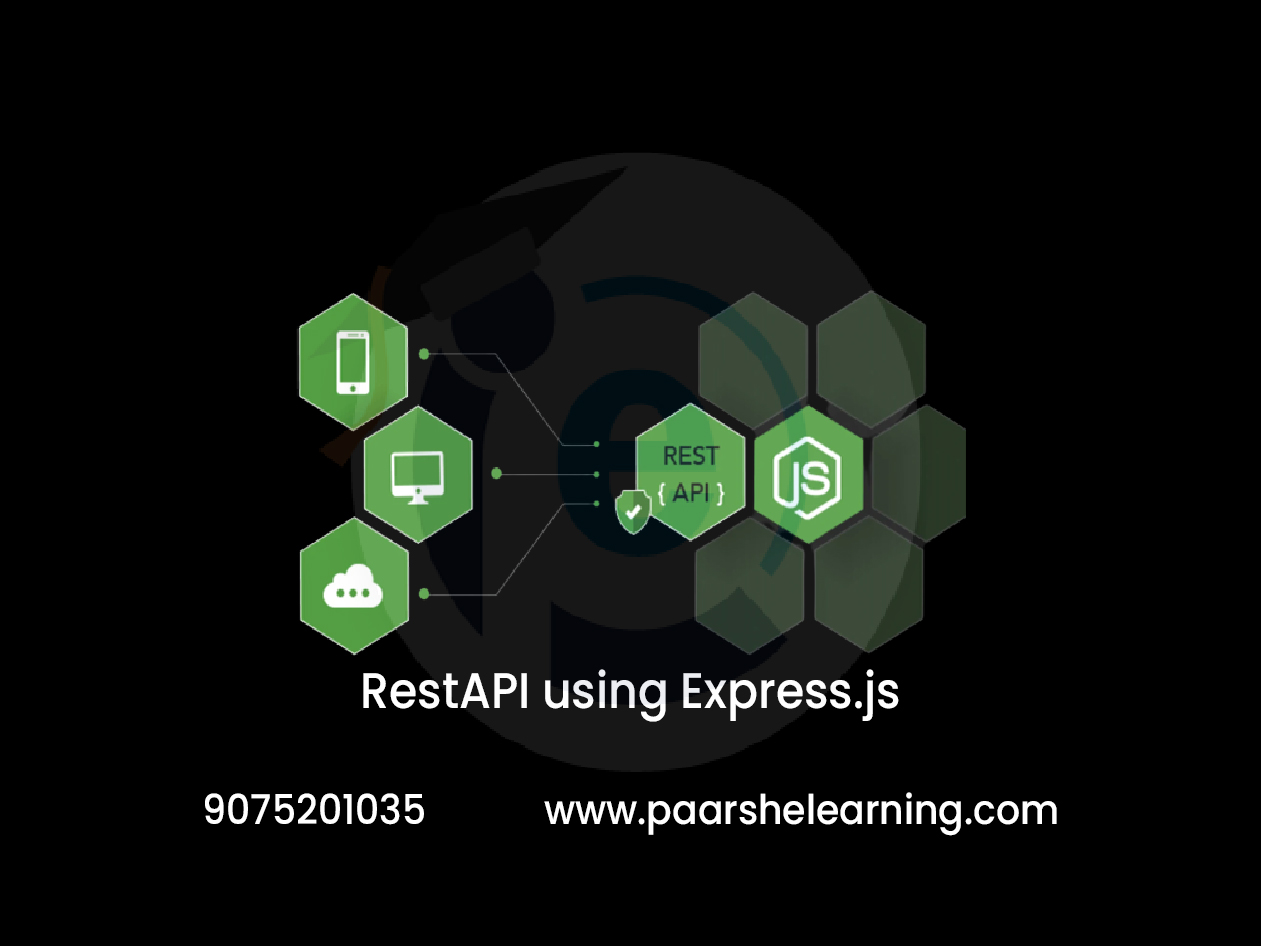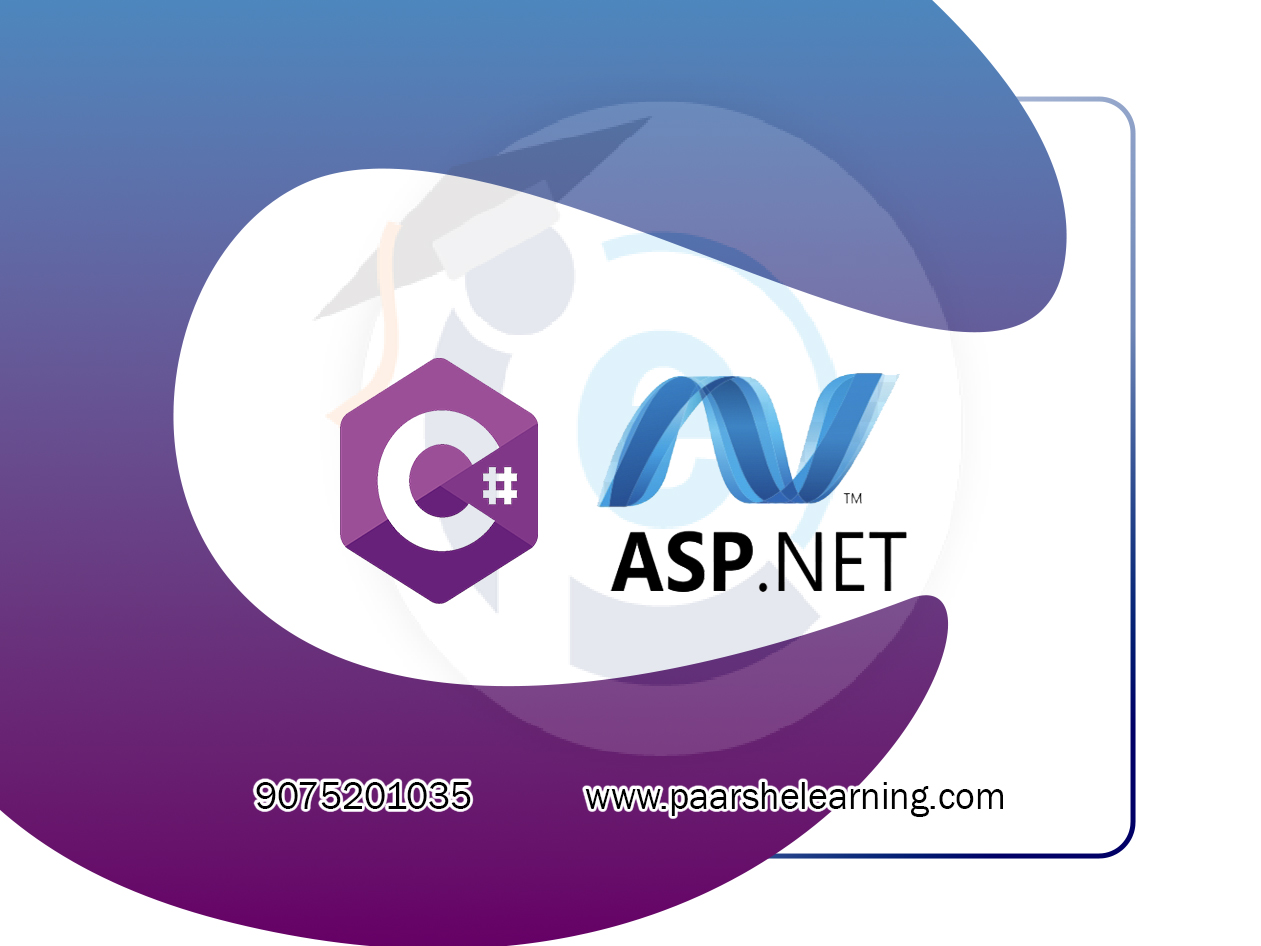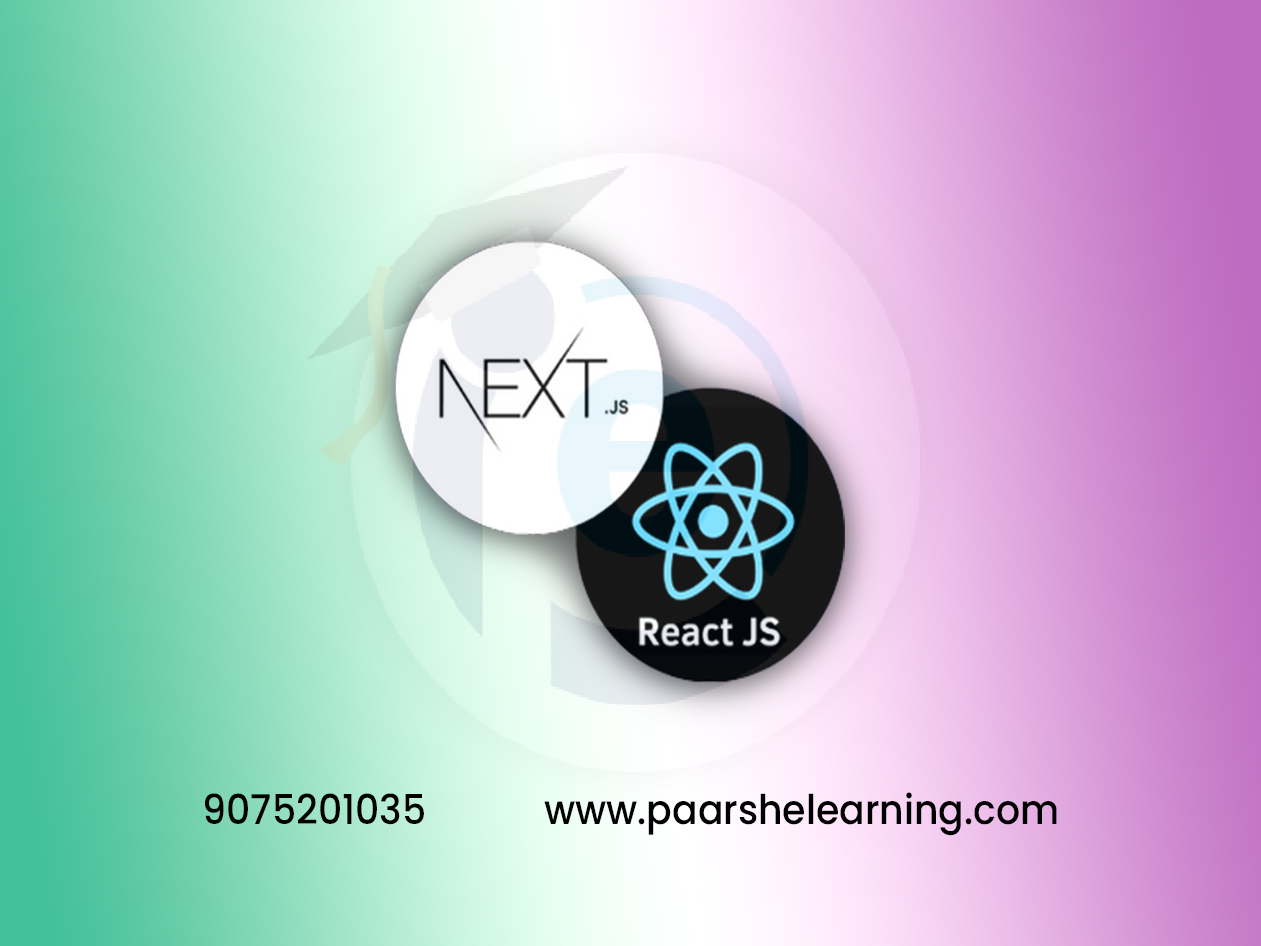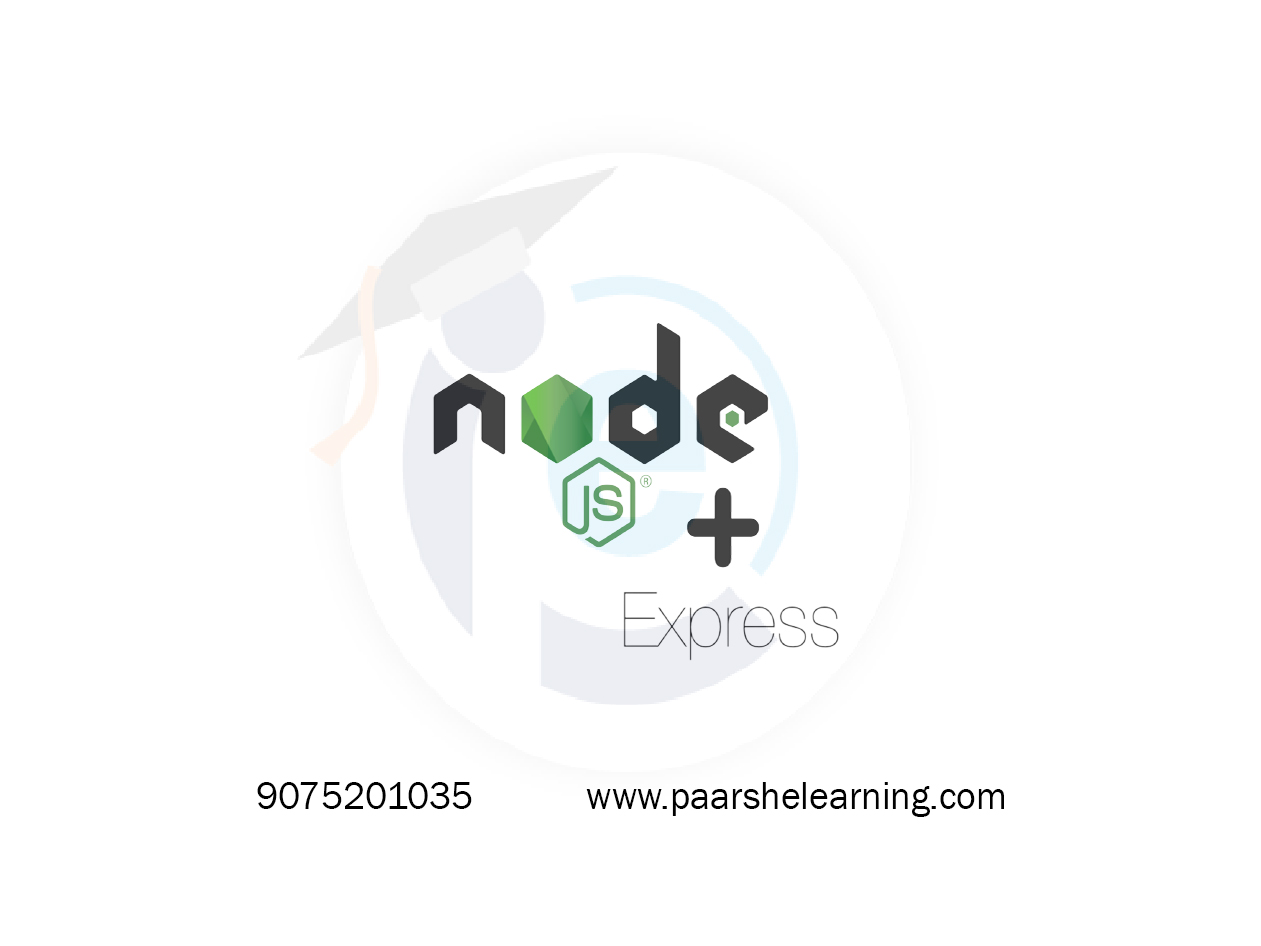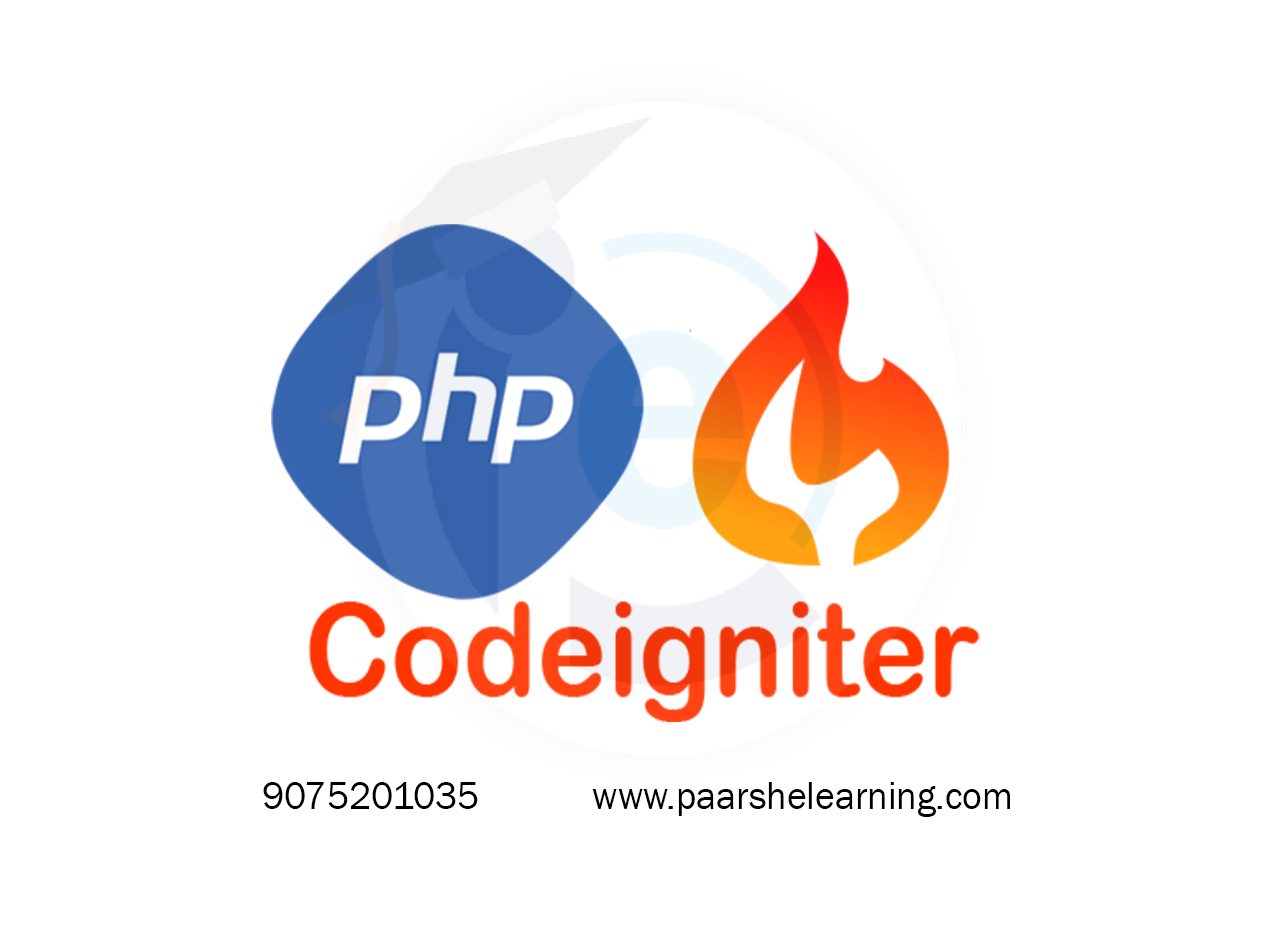- RESTful API concepts: You will be familiar with the basic concepts of RESTful APIs, such as HTTP methods, status codes, resource URLs, request and response headers, and data formats.
- Creating a CodeIgniter project: You will know how to create a new CodeIgniter project, configure your database, and set up your environment.
- Creating a REST API controller: You will know how to create a new controller specifically for your REST API, and define methods for handling various HTTP methods (such as GET, POST, PUT, and DELETE).
- Security and authentication: You will know how to implement security measures to protect your API from unauthorized access and prevent data breaches, such as implementing authentication and authorization mechanisms, and using encryption to protect sensitive data.
- CodeIgniter fundamentals: You will also have a good understanding of the CodeIgniter framework, including its architecture, MVC pattern, helpers, libraries, and other key features.
RestAPI using PHP CodeIgnitor
Course description
REST APIs are a popular way to build web services that can be used by other applications and services. With a REST API built using PHP CodeIgniter, you can provide a wide range of functionality, such as:
-
Data retrieval: You can use your REST API to retrieve data from your database or other sources, and return it to other applications and services in a structured format, such as JSON or XML.
-
Data manipulation: You can also use your REST API to manipulate data, such as creating, updating, or deleting records in your database.
-
Integration with other services: Your REST API can be used to integrate with other web services, such as payment gateways, social media platforms, or other APIs.
-
Automation: Your REST API can be used to automate tasks or workflows, such as generating reports or triggering actions based on specific events.
-
Mobile app development: A REST API can be used as a backend for mobile apps, allowing them to access and manipulate data stored on your server.
Overall, a REST API built using PHP CodeIgniter can provide a powerful and flexible way to share data and functionality with other applications and services. With the right design and implementation, your REST API can be a key component of your web infrastructure, allowing you to build scalable and responsive web applications that can be used by a wide range of users and devices.
What you will learn from this course?
This course includes!
- Daily Live session
- Access on Mobile and Tv
- A recorded session with problem-solving material
- Certificate of completion
- Recommendation Letter
- 100% Job Placements
This course is for
- A course on building a REST API using PHP CodeIgniter is typically designed for developers who want to learn how to create web services that can be accessed by other applications and services.
- It can be especially useful for web developers who want to build scalable and flexible web applications that can communicate with other systems through a RESTful API.
- This course can also be useful for developers who are already familiar with PHP and want to learn how to use a popular PHP framework like CodeIgniter to create REST APIs more efficiently and effectively.
Prerequisites for this course
- PHP basics: You should have a good understanding of PHP programming, including variables, data types, functions, loops, and control structures.
- Web development basics: You should be familiar with web development concepts, such as HTML, CSS, JavaScript, and HTTP protocol.
- CodeIgniter framework: You should be familiar with the CodeIgniter framework and its key features, such as its MVC pattern, routing system, and active record implementation.
- Database basics: You should have a basic understanding of database concepts and be familiar with SQL.
- Version control: It's also helpful to have some experience with version control systems, such as Git.
Restapi Using Php Codeigniter Syllabus
-
Introduction To Restful Apis And Codeigniter
Overview of RESTful APIs and their importance Introduction to PHP CodeIgniter framework Setting up a development environment (XAMPP, WAMP) Installing and configuring CodeIgniter
-
Building The Api Foundation
Understanding REST architecture and principles Creating the API folder structure Configuring routes and controllers in CodeIgniter Implementing basic CRUD operations
-
Creating Models And Database Interaction
Introduction to models in CodeIgniter Creating models to interact with the database Writing queries and handling data retrieval Using Active Record for database manipulation
-
Handling Get Requests
Designing API endpoints for retrieving data Implementing GET methods for single and multiple resources Sending JSON responses to client requests Implementing pagination and filtering
-
Handling Post Requests And Data Validation
Setting up API routes for creating resources Implementing POST methods for resource creation Validating incoming data using CodeIgniter's validation library Sending appropriate HTTP responses for success and error
-
Handling Put And Delete Requests
Designing API routes for updating and deleting resources Implementing PUT and DELETE methods for resource modification Handling requests with URL parameters and route segments Sending appropriate HTTP responses for updates and deletions
-
Authentication And Security
Introduction to API authentication methods Implementing token-based authentication using JWT (JSON Web Tokens) Securing API endpoints and protecting sensitive data Handling unauthorized access and providing error responses
-
Error Handling And Api Documentation
Implementing consistent error handling in the API Creating error response formats for various scenarios Generating API documentation using tools like Swagger or Postman Providing clear and comprehensive documentation for API users
-
Testing And Debugging
Introduction to API testing tools (Postman, Insomnia) Testing API endpoints and verifying responses Debugging common API issues and errors Writing unit tests for API methods using PHPUnit
-
Versioning And Best Practices
Understanding API versioning and its importance Implementing versioning in your CodeIgniter API Reviewing best practices for designing RESTful APIs Analyzing real-world API examples and case studies
-
Advanced Topics And Final Project
Implementing more complex API features (pagination, sorting, relationships) Integrating API with frontend frameworks (Angular, React) Performance optimization techniques for APIs Final project: Developing a comprehensive RESTful API using CodeIgniter
-
Paarsh E-Learning encourages hands-on practice, assignments, and projects throughout the course to reinforce students' understanding of building RESTful APIs using CodeIgniter. Assign practical exercises that involve creating endpoints, handling different types of requests, and implementing authentication and validation. Cover both theoretical concepts and practical applications to provide a well-rounded learning experience.
